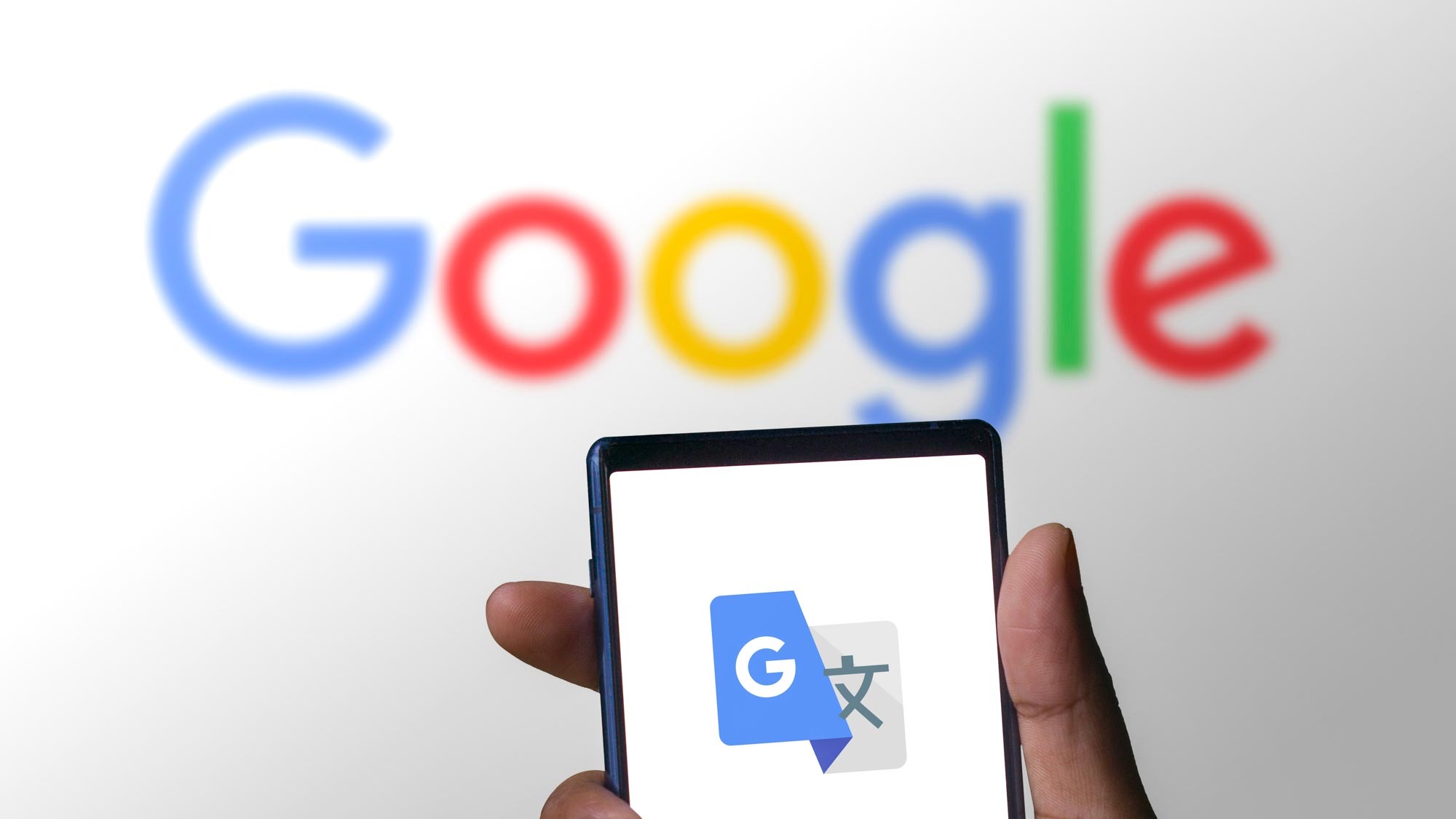iPhone SE and Pixel 4a are making 2020 the year of the cheap phone
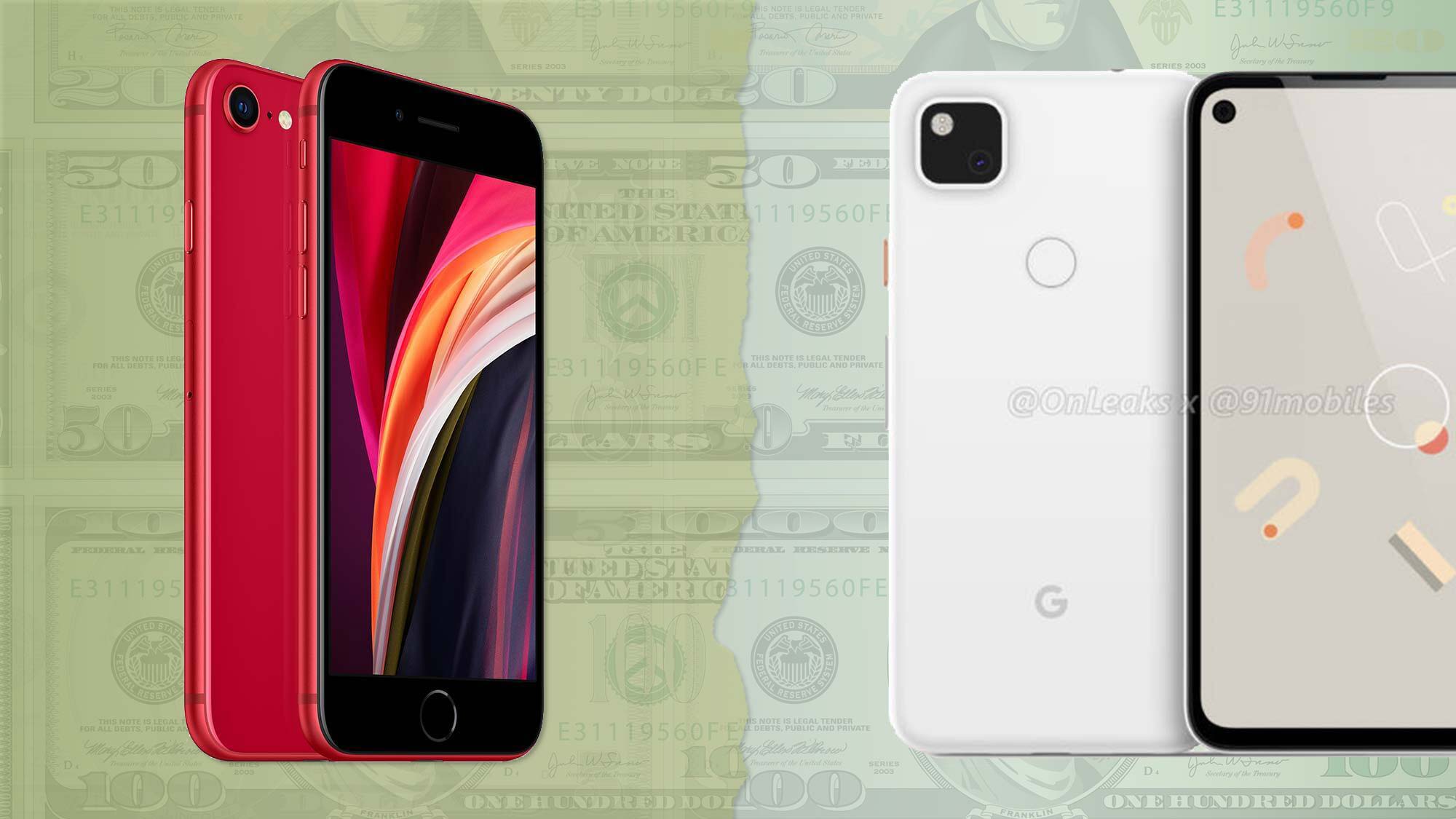
Flagship phones usually command the lion's share of attention when it comes to the smartphone market. But if it seems like lower-cost devices are stealing some of the spotlight from their top-tier counterparts, you're not imagining things.
True, rumors about the next iPhone are always going to get people talking, especially with this fall's iPhone 12 promising to bring 5G connectivity, better cameras and other improvements. But this spring, you've probably heard just as much about the iPhone SE 2020, a $399 phone that's actually available to buy right now and that packs the same high-powered processor as iPhones that cost hundreds of dollars more. On the Android side of things, there's a similar focus on midrange devices, as Samsung replaced last year's top-selling Galaxy A50 with the $399 Galaxy A51.
- Best cheap phones
- iPhone SE 2020 vs. Pixel 4a: Which cheap phone will win?
- Plus: iPhone 12 will beat Galaxy Note 20 — here's 5 reasons why
And that doesn't even take into account phones that are simply rumors at this point. Google may be planning to introduce the Pixel 5 this fall, but we're hearing a lot more chatter about the possibility of a lower-cost Pixel 4a arriving in the summer, especially if it can meet or exceed the Pixel 3a's camera capabilities. Likewise, the dust has barely settled from the rollout of the OnePlus 8 lineup before the promise of a lower-cost OnePlus Z has got the pulses of Android fans racing.
Given all that, 2020 definitely feels like it's shaping up to be the year of budget phones, even with half the year still to go.
Cheap phones: Why the sudden surge?
[Budget] phones are better than they used to be, and that’s one factor. But, the catalyst that is forcing consumers to consider them is the economy.
Avi Greengart, Techsponential
In the past, cheap phones have had a stigma attached to them, but that’s quickly fading away for a couple of key reasons.
"Phones are a mature technology, and mid-tier phones don’t feel like the big compromises that they once were," said Avi Greengart, president and lead analyst at Techsponential. "So the phones are better than they used to be, and that’s one factor. But, the catalyst that is forcing consumers to consider them is the economy."
Ah yes, the economy. In addition to the human cost of the ongoing coronavirus pandemic — more than 100,000 people in the U.S. alone have died due to COVID-19 — the economy has also taken a major blow, with people sheltering in place and companies shedding jobs to keep expenses down. Even if you're not among the 40 million who've filed jobless claims during the coronavirus pandemic, chances are you're keeping an eye on finances, and spending $1,000 on a flagship device may not be part of your plans any longer.
Get instant access to breaking news, the hottest reviews, great deals and helpful tips.
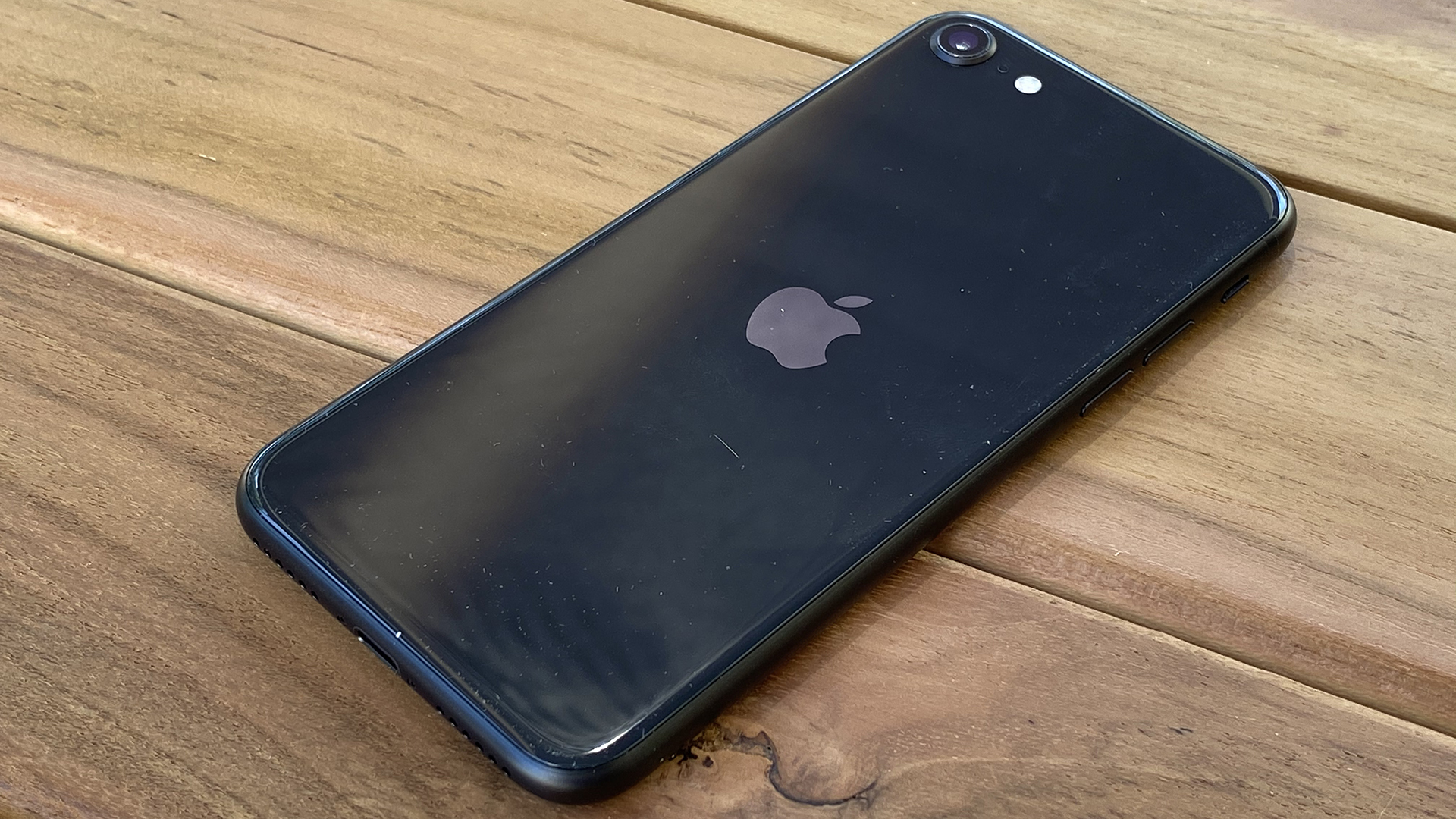
Greengart noted as much in a recent Techsponential analysis called Apple, Samsung, and the New U.S. Mid-Tier Smartphone Market: "Those who are still employed but are experiencing economic insecurity will be looking for better values," he wrote "This is where the mid-tier market opens up: saving 'just a few dollars a month' will now be necessary."
A lot of phone owners know what they want, and while the latest features command more than their share of oohs and ahs, keep in mind that some users just want something much simpler or good enough.
Ramon Llamas, IDC
Ramon Llamas, research director for mobile devices and AR/VR at IDC, agrees that the economy has been a big factor in devices like the iPhone SE, Galaxy A51 and upcoming budget phones having their moment in the sun. But other factors are at play, too. "By this time, a lot of phone owners know what they want, and while the latest features command more than their share of oohs and ahs, keep in mind that some users just want something much simpler or good enough," he said.
Certainly, external conditions have aligned to benefit lower-cost phones. But there's something about the more successful mid-range phones that have allowed them to capitalize on shoppers' growing desire for cheaper handsets. And it gives phone makers a template to follow to enjoy strong budet phone sales of their own, even after the economy improves and pricier models start boasting flashy, must-have features.
Here are three ways some key budget phones have managed to stand out as of late.
Focus on what people want
The things people consider must-have smartphone features are as varied as the people buying those phones. But by and large, a couple of key features stand out. We want phones that take pictures we're eager to share, and we want phones that can go a long time without needing a recharge. Deliver one of those propositions — or ideally, both — and your budget-friendly phone is going to get a lot of attention.
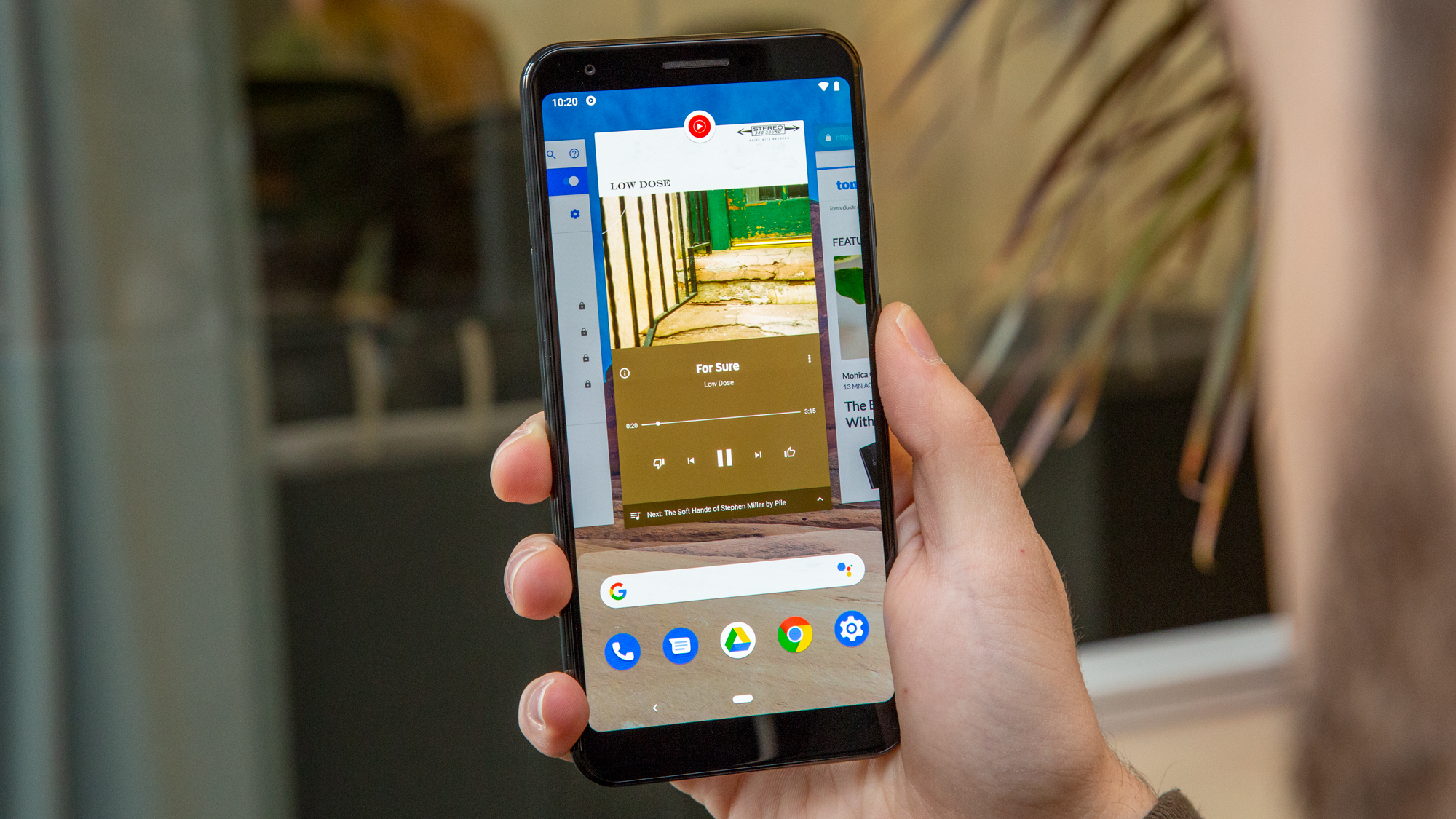
We won't know what Google's Pixel 4a can do until Google finally releases that phone. (Right now, rumors suggest anywhere from early June to mid-July.) But the Pixel 3a was able to appropriate the standout camera features from the Pixel 3 flagships without commanding a similar price tag. The Pixel 3a can last a long time, on a charge, too — it outperformed the Pixel 4 by nearly four hours on our battery test, and that latter device costs $400 more. It should be no wonder why the buzz around the Pixel 4a is so loud before Google has even announced its next budget phone.
A little lower down on the price spectrum, the $250 Moto G Power makes a similar case. Thanks to a 5,000 mAh battery, the G Power lasted more than 16 hours on our battery test, which is better than... well... _everything_. Or at least every phone you can buy new right now. The cameras on the Moto G Power aren't nearly as powerful as the single-lens on the Pixel 3a, but they take pretty decent photos, especially on a device that's yours for less than $300.
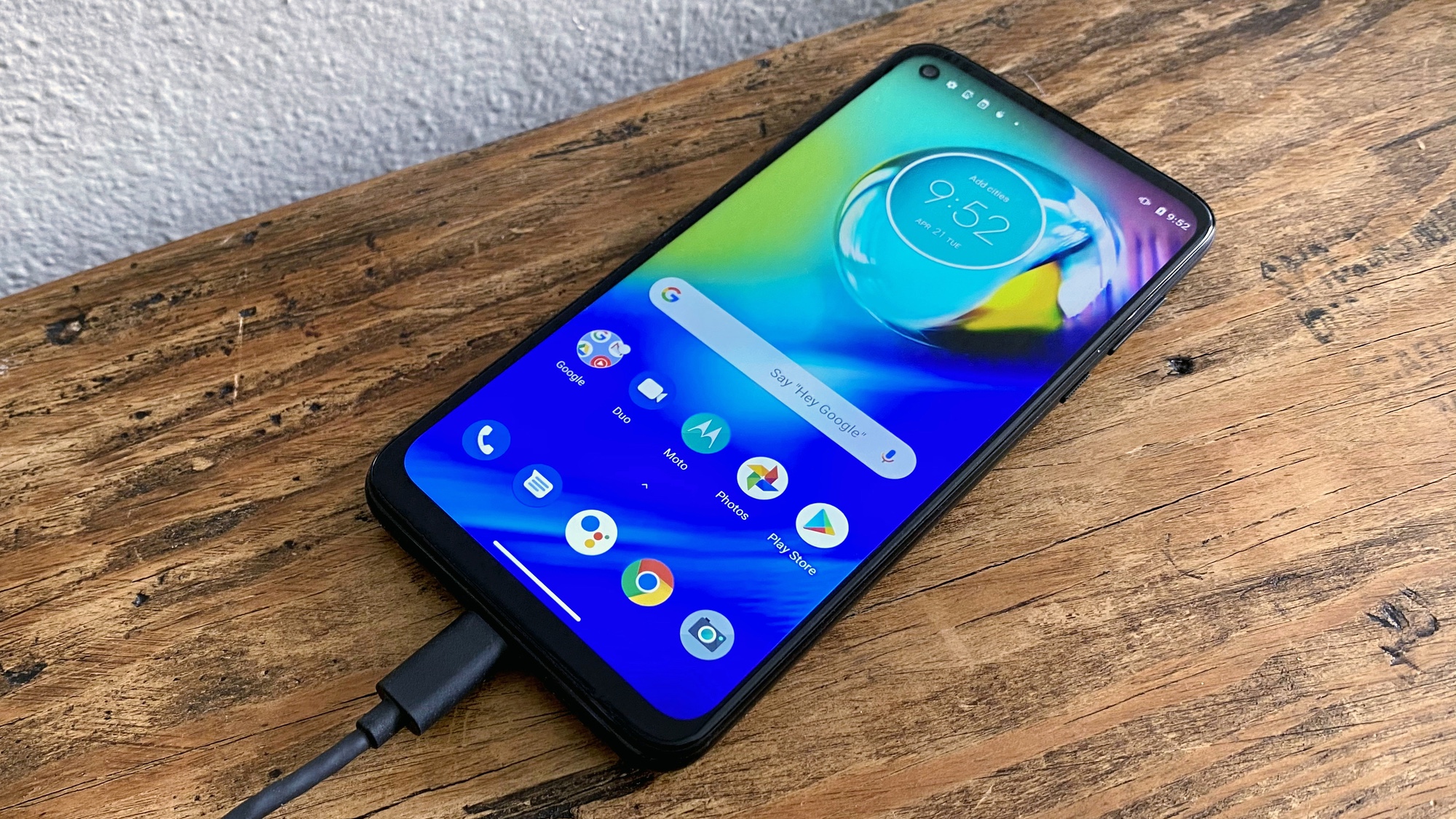
We could point out flaws and shortcomings in either the Pixel 3a or Moto G Power. But both devices deliver in such a big way on the things that really matter, those complaints are drowned out.
Don't look cheap
There used to be a simple way to let people know you used a cheap phone — just take it out of your pocket. Cheap materials, uninspired designs and other corner-cutting moves made it very clear that you weren't toting around a flagship.
There's still differences in the look and feel of inexpensive phones and pricier flagships, but these days, you'd have to actually pick up the phone to notice. Whether the cost of some materials has dropped or phone makers have gotten more clever with their device designs, midrange phones now sport an element of style.
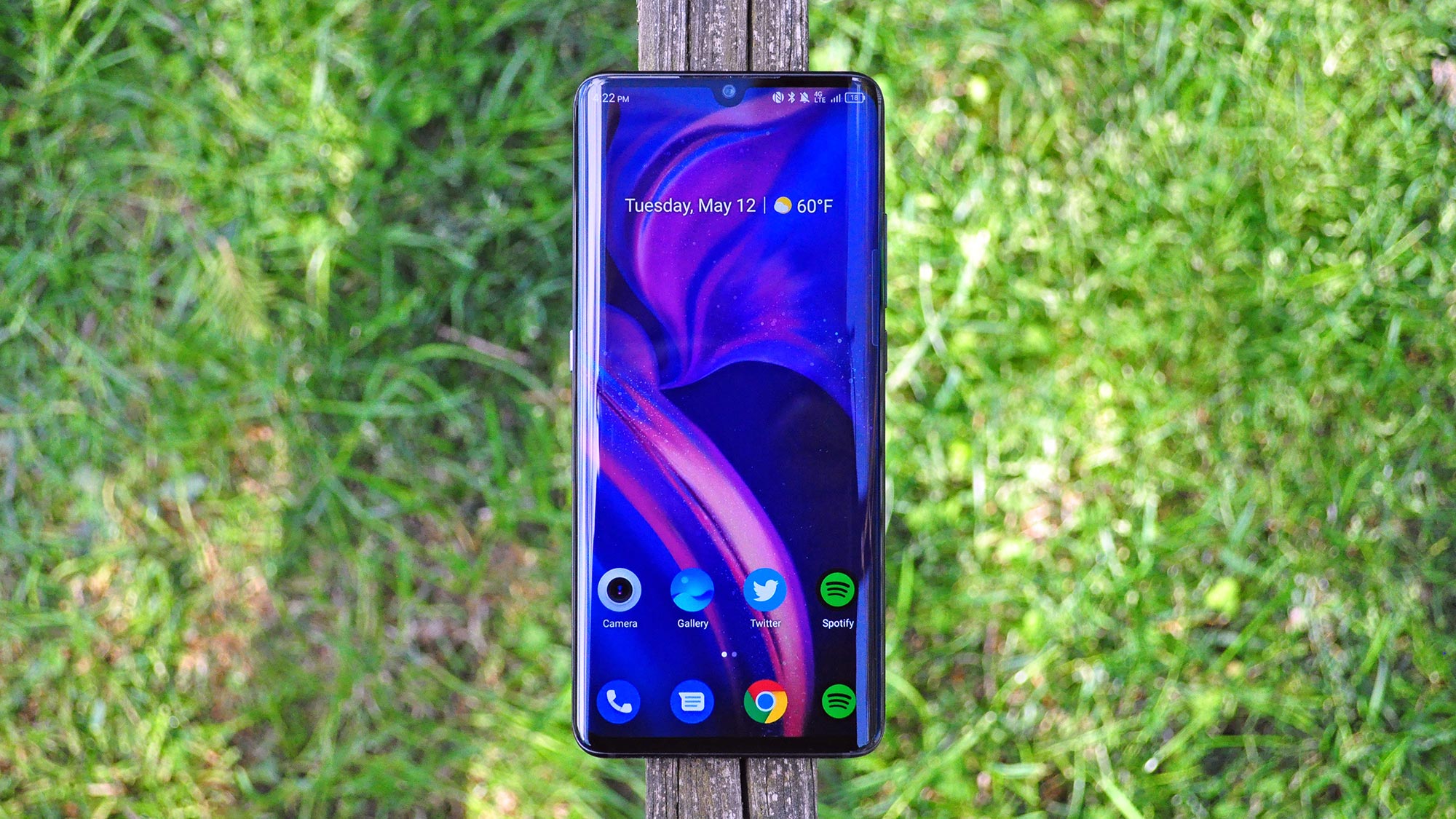
Take the TCL 10 Pro, for example. That phone looks more like a flagship than the $449 midrange model it actually is. That's because TCL opted for a powder-coated metal chassis and matte-etched glass back instead of the plastic materials often found on phones that cost less. TCL's ability to draw on its display expertise to include a bright, colorful OLED panel for the 10 Pro's screen.
Even phones that don't opt for flashier materials still deliver more of a quality build than you probably associate with cheaper handsets. Apple's new iPhone SE isn't going to be mistaken for one of the company's flagships — the chunky bezels will see to that. But it's still a solidly built phone that benefits from Apple's flair for design.
Make a cheap phone that will last
Speaking of the iPhone SE 2020, the real benefit of using a top-of-the-line A13 Bionic processor in that midrange phone isn't that it helps the SE outperform all Android devices, even ones that cost hundreds of dollars more. The performance boost is certainly nice, but phones powered by lesser chipsets certainly can handle most of the tasks everyday users throw at them.
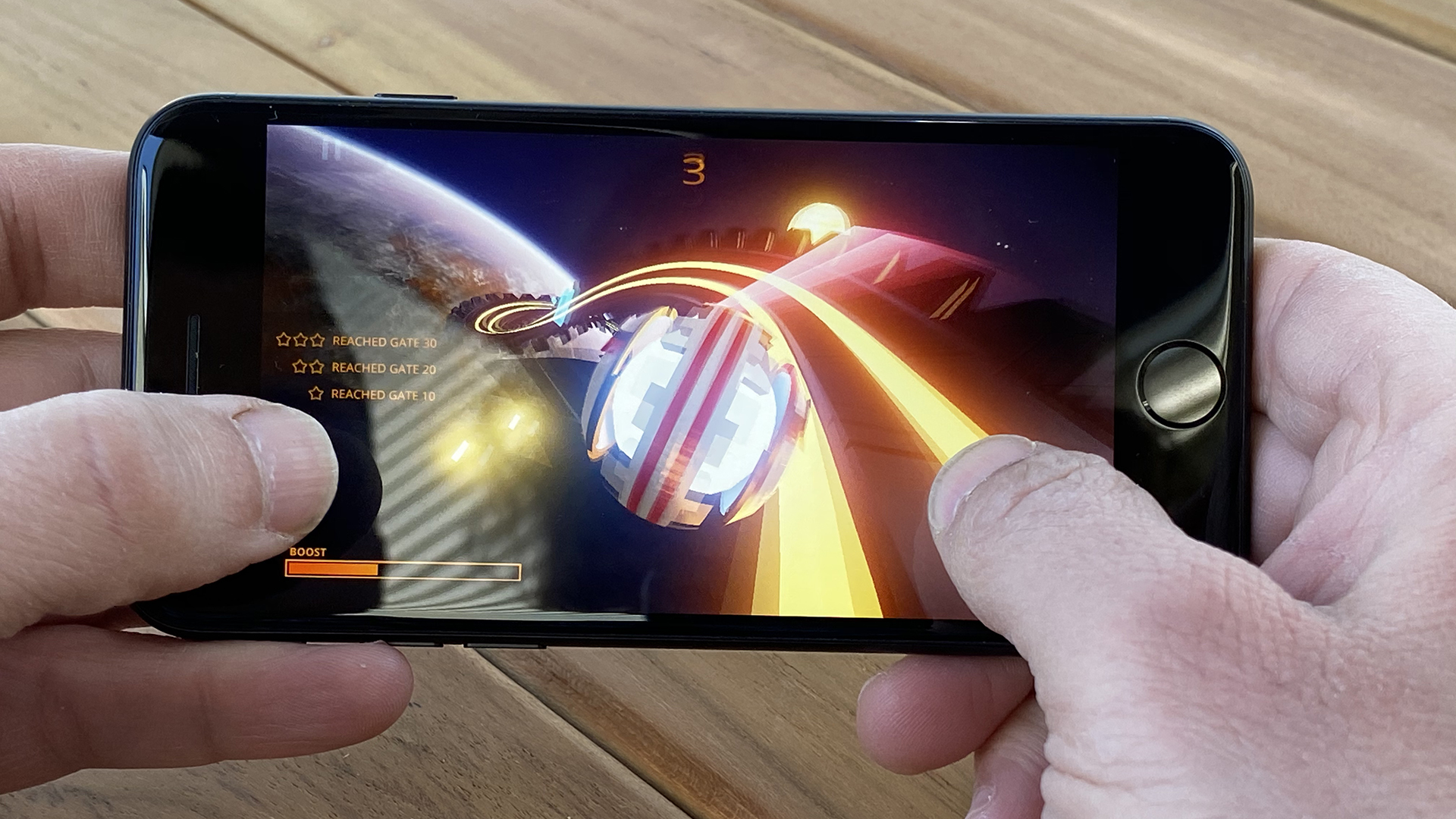
Rather, the iPhone SE 2020 benefits from having a state-of-the-art chip because it extends the life of the phone. As more demanding apps and feature-heavy OS updates come out in subsequent years, the iPhone SE will be able to better handle them than a phone with a lesser processor might. Throw in Apple's commitment to making sure its iOS updates support phones for four years (and sometimes more), and you're really getting a lot of value out of that $399 phone.
Will cheap phones remain popular?
Cheap phones may be having a moment now, but it's unclear how long that will last, especially as we get later into the year when flagship releases like the Galaxy Note 20, iPhone 12 and Pixel 5 emerge to regain a lot of the attention being devoted to midrange models at the moment.
"The pendulum swings back and forth, and eventually we will go whole hog on the flagship devices," Llamas said. "For now, I’m expecting more midrange models and volumes, but I don’t expect them to overtake flagship devices altogether."
Likewise, Greengart expects a shift back to some old patterns in a post-pandemic world, but adds that "some trends are likely to remain permanent, even if at lower levels than we see today."
"Will everyone buy mid-tier phones? he said. “No, but outside the U.S. this has always been a big part of the market, and it is likely to remain a segment in the U.S. as well."
Philip Michaels is a Managing Editor at Tom's Guide. He's been covering personal technology since 1999 and was in the building when Steve Jobs showed off the iPhone for the first time. He's been evaluating smartphones since that first iPhone debuted in 2007, and he's been following phone carriers and smartphone plans since 2015. He has strong opinions about Apple, the Oakland Athletics, old movies and proper butchery techniques. Follow him at @PhilipMichaels.

